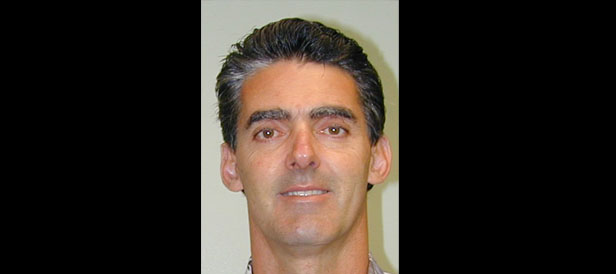Seattle, WA
Founder of Norpac Fisheries Export, a successful processing and distribution business dedicated to accountability, responsibility, traceability, and sustainability

Thomas Kraft, the founder of Norpac Fisheries Export, is passionate about excellent seafood and dedicated to supporting accountable, responsible, traceable, and sustainable (ARTS) practices. Norpac is a successful processing and distribution business, which, under Thomas’s leadership, developed and implemented proprietary traceability software to track fish from catch to retailer.
Q&A
What is your background with seafood?
I grew up in Seattle, and, as a family, we spent summers on Puget Sound. Wildlife and seafood were a huge part of my childhood experience, and the only time we ate seafood was when we caught it ourselves. Buying it from the store or in restaurants was expensive, and it was never as good as when it was freshly caught. That shaped my perspective on seafood. It had to be right from the water; you wouldn’t want to have it any other way. It wasn’t worth eating if you couldn’t have that quality experience. Those memories created the passion in me. I didn’t know it at the time, but that’s the kind of experience that I wanted to create for other people.
How did you get into the fish business?
My background is as a CPA. I didn’t initially plan to get into the seafood industry, but I had a client in the seafood industry. After I left the accounting and tax world, I was talking with a former client and he suggested that I help him sell some sockeye salmon. So I agreed to help him out.
What lead you to develop a seafood traceability system?
When I began, the industry operated on a first-in, first-out basis. But the logistics weren’t quick. A lot of product was bought at peak availability, but not peak freshness. The impetus for me was rebuilding the model in a way that allowed me to deliver the kind of experience that I would expect as a buyer. I saw the opportunity to supply that kind of quality by shortening the logistics chain and sourcing closer to the time when the client actually needed the product in order to give them fresher, higher quality fish.
In the process of trying to shorten the logistics chain, we developed our traceability program so I could manage inventory and know the fish in more detail and on a micro-level. Our system can tell you where any given fish came from, who has handled it, how long it’s been in our facility, and where it’s going. That is the only way in which to guarantee the quality experience we aim to deliver.
In the process of trying to shorten the logistics chain, we developed our traceability program so I could manage inventory and know the fish in more detail and on a micro-level. Our system can tell you where any given fish came from, who has handled it, how long it’s been in our facility, and where it’s going. That is the only way in which to guarantee the quality experience we aim to deliver.
When did you begin focusing on sustainability?
We were sourcing swordfish in Hawaii and there was a communication gap. It became apparent that, as a processor, we didn’t know what was happening on the water. While we were focused on excellence and delivering the best, highest quality, most cost-effective, freshest fish, we’d lost sight of our impact on the resource. We realized the broader implications of our business and that we needed to address them. That’s where the concept of sustainability came home to roost for us. If we wanted to deliver this kind of experience for people and have this kind of passion for what we do, we needed to internalize the same passion for the resource.
What needs to happen for sustainability to be a widely adopted value?
Sustainability has two fronts: the resource and the industry. Humans aren’t going to value anything if it means they have to perish in order for the resource to survive. The sustainability model needs to be sustainable for business as well. That’s where Future of Fish has such great value. Future of Fish understands that there needs to be a change in thinking and in the way the business models work. There are those in the industry who want to do a better job, but it’s hard for us to devote the time and effort to develop the tools needed to do things in a better way at a rapid pace. With the help of Future of Fish, we can get closer to where we need to be. Future of Fish can take a concept or theory and be the catalyst. Without that functioning catalyst in between, we might not get there quick enough.



